Walking backwards
Walking is more complicated than many of us realize. Remaining upright requires coordination between our visual and proprioceptive (awareness of where our bodies are in space) systems.
When we walk backwards, it takes longer for our brains to process the extra demands of coordinating these systems. However, this increased level of challenge brings with it increased health benefits.One of the most well-studied benefits of walking backwards is improving stability and balance. Walking backwards can improve forward gait (how a person walks) and balance for healthy adults and those with knee osteoarthritis. Walking backwards causes us to take shorter, more frequent steps, leading to improved muscular endurance for the muscles of the lower legs while reducing the burden on our joints.
Adding changes in incline or decline can also alter the range of motion for joints and muscles, offering pain relief for conditions such as plantar fasciitis – one of the most common causes of heel pain.
The postural changes brought about by walking backwards also use more of the muscles supporting our lumbar spine – suggesting backwards walking could be a particularly beneficial exercise for people with chronic lower back pain.
While normal walking can help us maintain a healthy weight, walking backwards may be even more effective. Energy expenditure when walking backwards is almost 40 percent higher than walking at the same speed forwards.
When we become confident with travelling backwards, progressing to running can enhance the demands further. While often studied as a rehabilitation tool, backward running increases the strength of crucial muscles involved with straightening the knee.
How to get started
Walking backwards is simple, but that doesn’t mean it’s easy. So, PLEASE use a treadmill! Or practice in a safe environment more likely to miss obstacles and hazards that we could crash into or fall over.
For more info
Therapeutic efficacy of walking backward and forward on a slope in normal adults

Best medications for low back pain
Best medications for low back pain, according to new research:(First published: 22 February 2023 Nonopioid pharmacological management of acute low back pain: A level I of evidence systematic review)Perhaps it’s from sitting too long, picking up a heavy object, a...
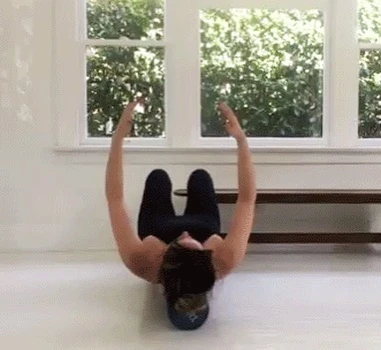
How many hours a day do you sit?
How many hours a day do you sit?Try this pose to help!In the second slide the top picture is the starting position. The bottom picture is the actual stretch that should be held for 10 seconds. You are driving force downwards through the elbows. After the 10 second...
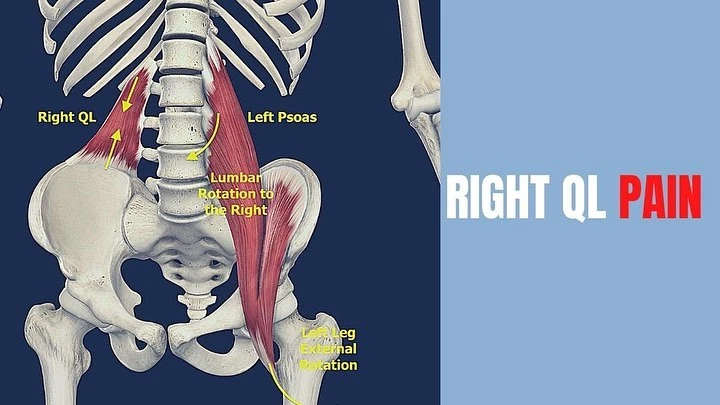
Psoas and quadratus lumborum
The psoas and quadratus lumborum both help to stabilize the lumbar spine and move the hips. They are very often in a dysfunctional relationship, with one overworking and the other underworking. NKT often finds the QL overworking and the psoas underworking as well as...

25 very simple habits that will improve your life today
We talk a lot about habits and self-improvement. Sometimes it involves a huge, lifestyle-changing effort. But sometimes it involves making tiny changes, or doing very simple things that can have an outsized and positive effect on your day. Lets try ... Pick up a piece...
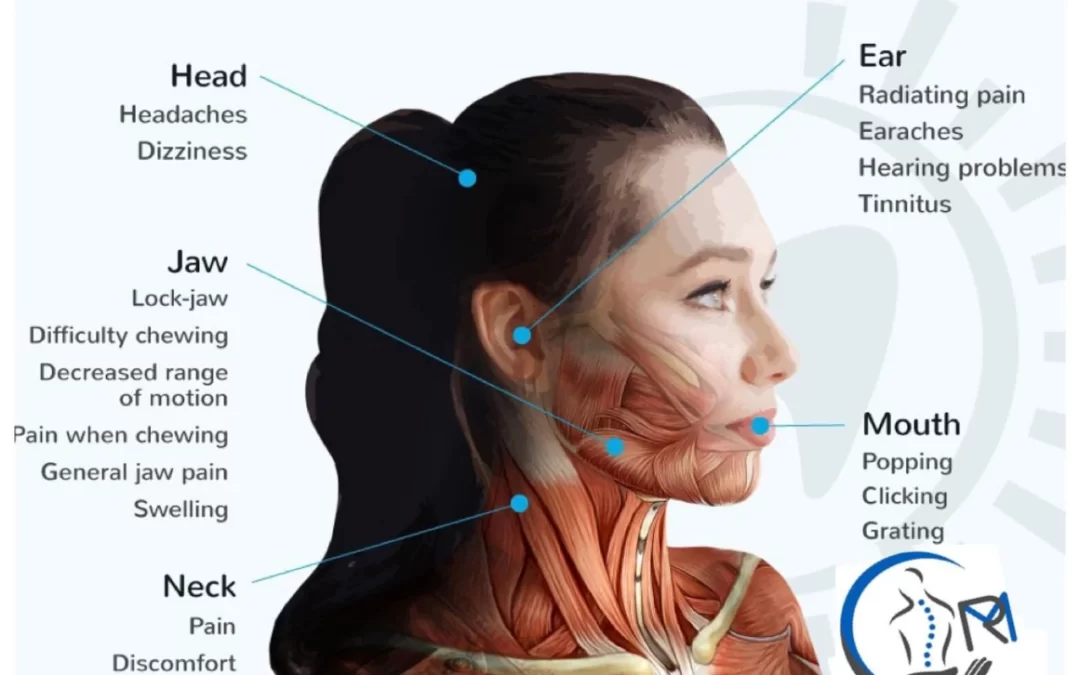
Physiotherapy management of TMJ pain
What is the TMJ? The temporomandibular joint or TMJ, is the joint that joins your jaw bone to the rest of your skull. You can feel it just in front of your ear hole. It can be painful for many reasons including poor posture, bad habits, growth disorder or injury and...
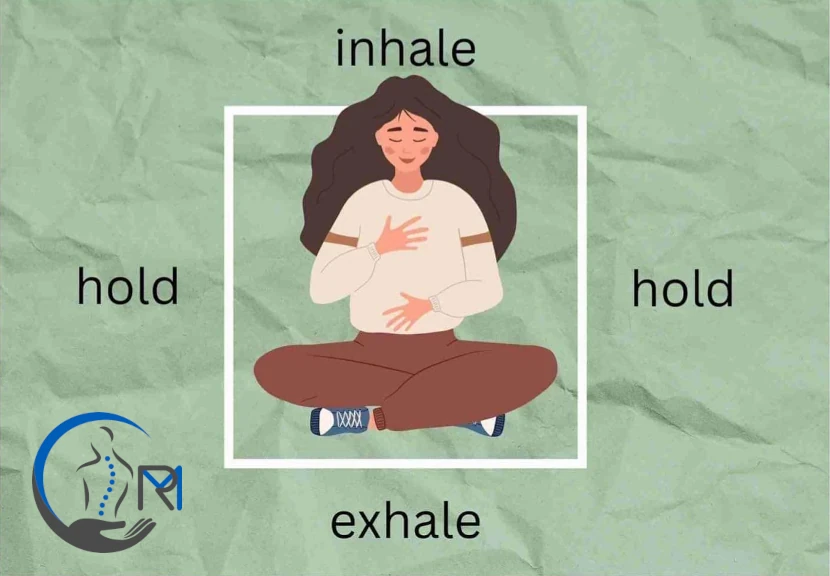
Cyclic breathing exercises
A team of researchers at Stanford University reports evidence that people who engage in cyclic sighing breathing exercises see a greater reduction in stress than those engaging in mindfulness meditation. In their paper published in the journal Cell Reports Medicine,...

Tendonitis and tenosynovitis
Achilles Injury is a degenerative condition of the tendon itself. Achilles tenosynovitis is a similar condition of the sheath which surrounds the tendon rather than the tendon itself.In terms of symptoms, they are very very similar and it is practically impossible to...
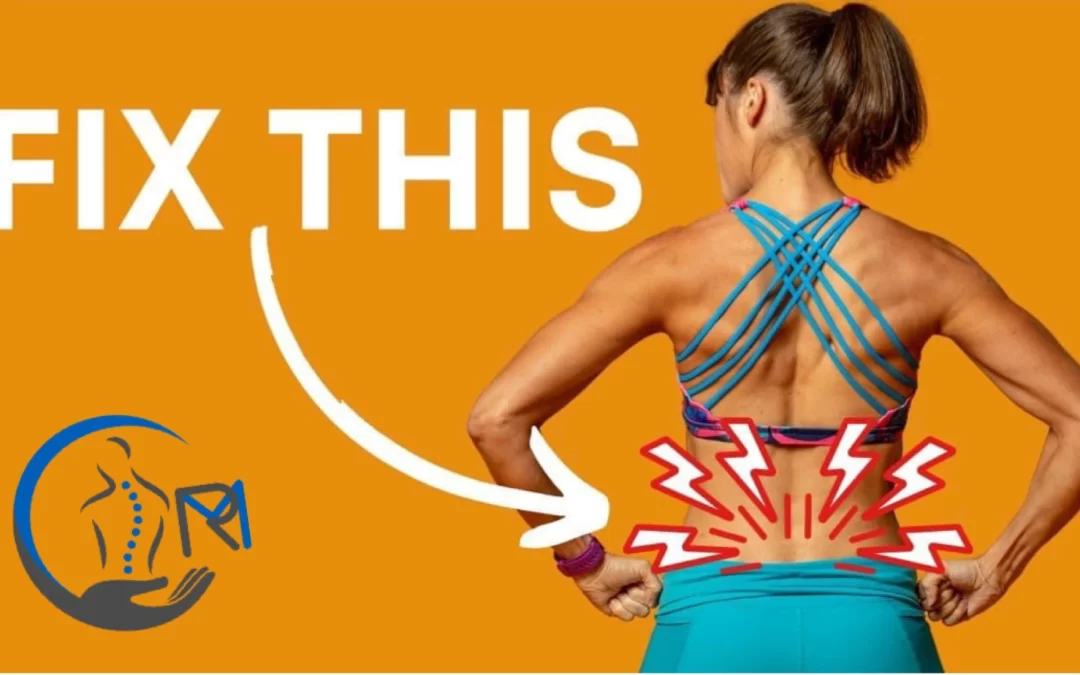
January is the month for new challenge!
Put your health at the top of that list! Make a positive difference to your body this new year and start 2023 the right way! As a Physiotherapist, I help you to understand the cause of your pain. With different techniques, I can reduce your pain, (Tecartherapy,...


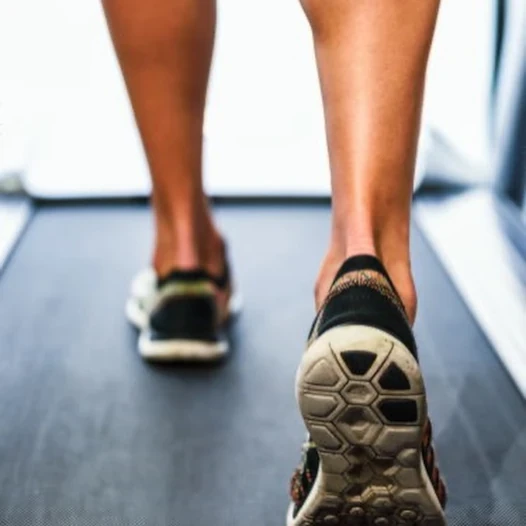
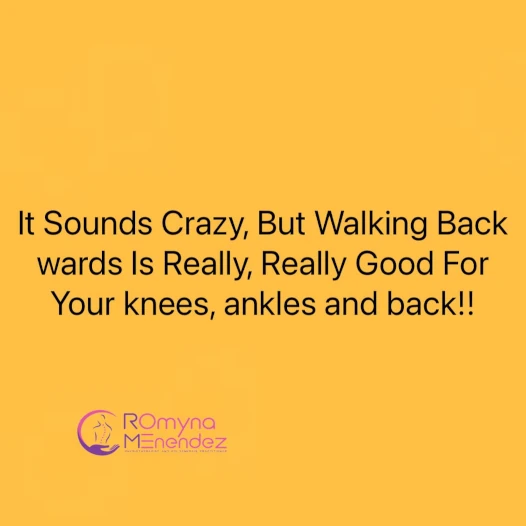
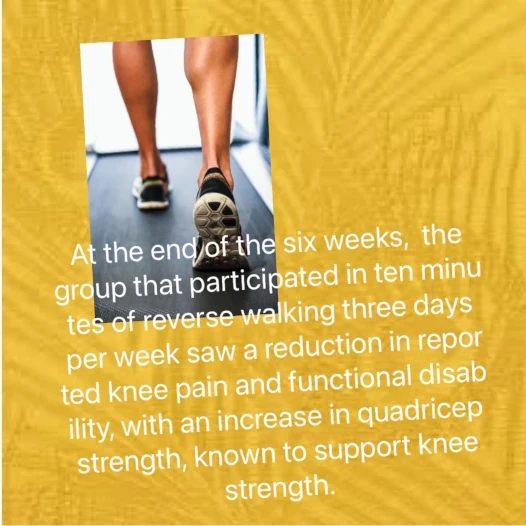

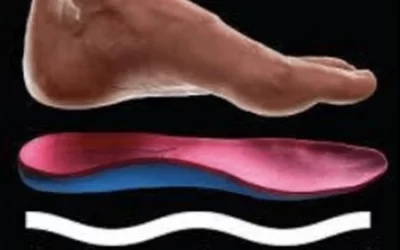
0 Comments